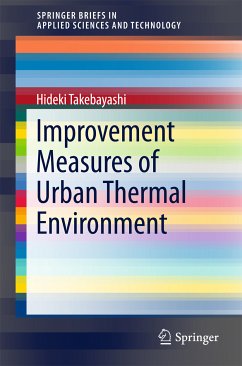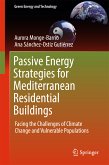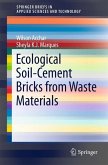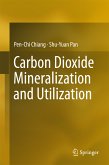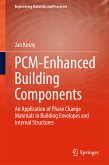Maximizing reader insights into urban and architectural environmental planning with consideration for the thermal environment, this work highlights how various urban heat island strategies have been developed, and their effectiveness in the urban area. Specific measures for the urban heat island phenomenon, improvement of surface cover, reduction of exhaust heat, improvement of ventilation are summarized and various heat island measurement technologies which have been proposed in recent years are organized systematically based on surface heat budget and surface boundary layer models. With the appropriate selection of heat island technologies depending on the location, this book elucidates the relationship between the thermal environment and the urban block form characteristics. Covering the latest research and findings, this book is suitable for all those concerned with environmentally friendly urban and architectural planning.
Dieser Download kann aus rechtlichen Gründen nur mit Rechnungsadresse in A, B, BG, CY, CZ, D, DK, EW, E, FIN, F, GR, HR, H, IRL, I, LT, L, LR, M, NL, PL, P, R, S, SLO, SK ausgeliefert werden.

